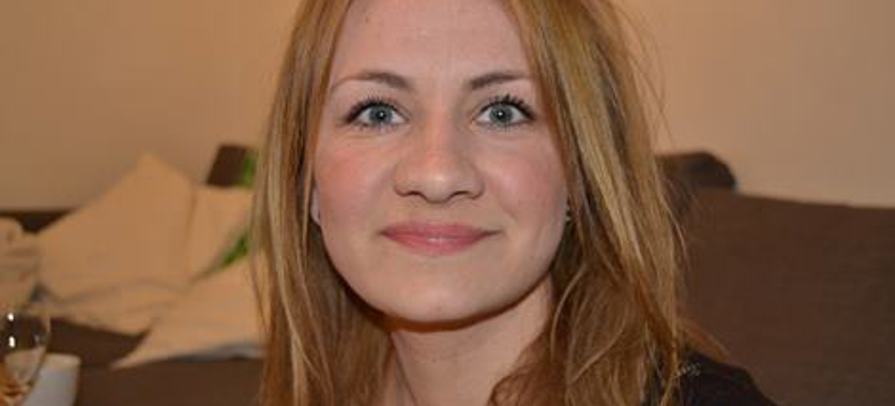Katrin E. Danielsen vart ph.d. á UCL
22. februar vardi Katrin Eivindardóttir Danielsen ph.d. ritgerð við University College London í Onglandi. Ritgerðin ber heitið “Cell cycle heterogeneity as a regulator of neuroepithelial bending during neural tube closure”. Ritgerðin snýr seg um, hvønn leiklut ein bólkur av kyknu ringrás regulatorum hevur í menningini av heilanum og nervalagnum fyrstu 5 vikurnar í móðurlívinum. Granskingin varð grundað á kanningar í músafostrum og varð gjørd á The Institute of Child Health, UCL.
Verjan, ið vardi góðar 3 tímar, gekk væl og endaliga ritgerðin varð formliga góðkend eftir smáar rættingar, eins og vanligt er í Bretlandi.
Vegleiðarar vóru Andrew J. Copp og Nicholas D.E. Greene, professarar á Institute of Child Health, UCL.
Opponentar vóru Marysia Placzek, professari í Developmental Neurobiology, University of Sheffield og Alan Burns, doktari frá UCL.
Samandráttur
During neurulation, the neural plate bends around the median hinge point (MHP), overlying the notochord. MHP cells spend more time in G1/S-phase of the cell cycle than lateral cells, and this is associated with adoption of a wedged cell shape due to interruption of interkinetic nuclear migration. Clustering of wedge shaped cells in the MHP is suggested to drive midline bending. To determine the mechanism underlying the prolonged cell cycle in the MHP, I examined the mRNA expression of cell cycle inhibitors, and found the cyclin-dependent-kinase-inhibitors (CDKIs), p21, p27 and p57, to be expressed in midline cells. p21-/- mice, which exhibit MHPs, show upregulation of p57 mRNA in midline cells, supporting the hypothesis of a redundant relationship between p21 and p57 during neural plate bending. Detailed cell cycle analysis was performed in p21-/- and p21+/+ embryos by sequential injections of two thymidine analogues, IdU and BrdU. p21-/- MHP cells spend significantly less time in S-phase compared to wild-type littermates, suggesting that p21 is responsible for the prolonged S-phase in the MHP. In the absence of p21, S-phase length in the MHP and lateral cells is equivalent. Overexpression of CIP/KIP genes in the midline of cultured embryos did not increase the proportion of basal nuclei, a measure of wedge shaped cells. Electroporation of p57 siRNA abolished p57 mRNA from the neural plate and notochord of p21-/- embryos but did not prevent MHP formation. Collectively, the results indicate that p21 is responsible for the prolongation of S-phase in the MHP but is not necessary for MHP formation. There is possible redundancy between p21 and p57 in the MHP. However, loss of both p21 and p57 is not sufficient to prevent MHP formation. Furthermore, a prolonged S-phase in the midline cells of the neural plate is not necessary for MHP formation.
Les um Katrin Eivindardóttir Danielsen í Heilagrunninum
